Supplying quality power is imperative to achieving the maximum performance from your HiFi system. The name of the game is low impedance and noise. This will allow unimpeded, short peaks of instantaneous current – which should result in more detail, a lower-noise floor, and much-improved dynamics.
A Complete Rewire
So I’m in the middle of setting up a few dedicate lines (20A & 10AWG) lines for a new listening room. In addition, my wiring is decades old so I decided to also do a complete rewire and install new panels. In a few weeks, I’ll have a freshly rewired home. Exciting!
As it turns out, it’s not as simple as just installing panels, breakers, and hooking up wires and outlets. Some of the hardcore audiophiles have done some experimentation and have come up with strategies at every level. Beware, some of these tweaks are downright dangerous and may violate city codes – so have a qualified electrician perform the work.
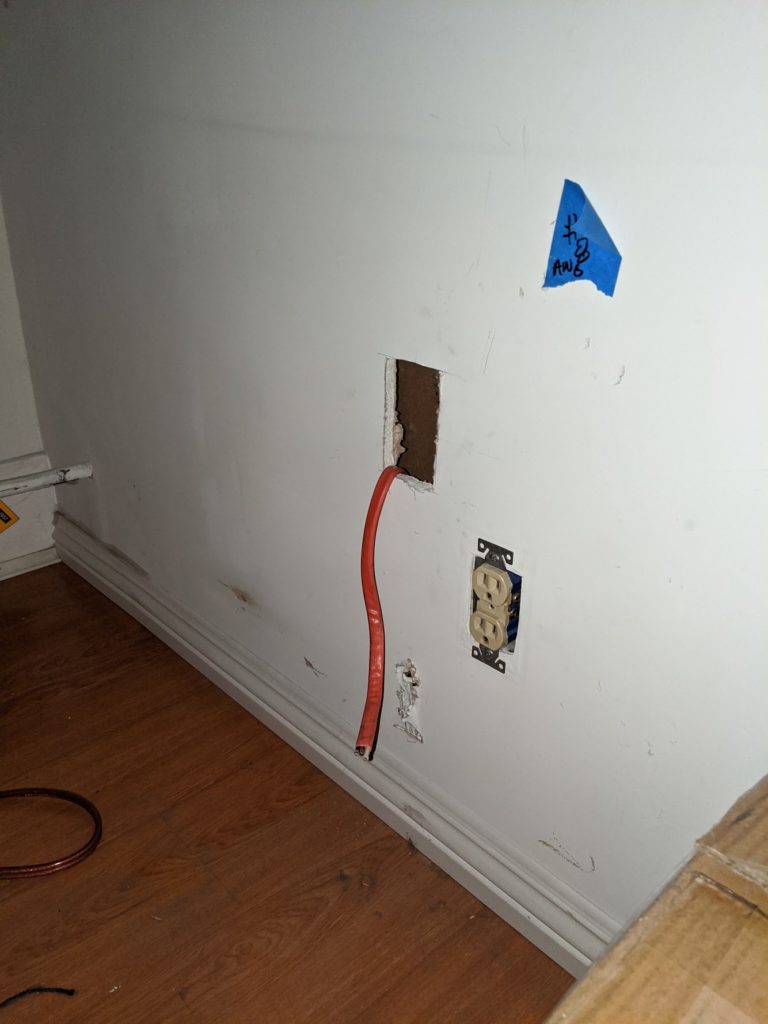
This will be a living document and I’ll update it as I make my own experimentations and listening tests. If there’s anything you’d like to add or suggest, please let me know in the comments.
Disclaimer: I’m by no means an expert in this domain. This is just a rough guide to provide direction for those who are looking to improve power delivery for their sound system. It is by no means comprehensive and doesn’t make any guarantees. Some will agree or disagree with the steps and form their own opinion. The point is to relay the options you have. I’m not responsible for injury, death, or damage resulting from any of these tips. Hire a professional and use this guide at your own risk.
Main Panel & Subpanels
- If possible, run your dedicated lines (home run) directly from the main panel to the outlets.
- Typically there will be a 6 AWG run from the main panel to the subpanel. Depending on where you install the subpanel, you may be fine with 10 AWG from the subpanel.
- Opt for copper bus bars if you can.
- Try your best to keep your dedicated lines on one phase and the noisier appliances and GFCI outlets on another.
- Square D QO panels are known to have much better contacts and lower resistance. Features also include HID breakers, 3-phase, and higher interrupt breakers. There are also more accessories and options – which allows further tweaking. The QO line is double the price of the Homeline series, however.
- For the cost-no-object crowd, you may want to take a look at products from Torus Power. They’re used in many professional recording studios and other high-end applications. For example, their all-in-one is $15,000. They also provide both isolation transformers and balanced power products.
- Use McMaster silver paste for a better connection between the breakers, circuit, and outlets. Use it at your own risk.
- Make sure your electrician tightens up all the connections. Don’t do this yourself as the screws and buses are live.

Breakers
- This might be obvious, but you can’t typically mix and match different brands of panels and breakers. Although you could use different brands of main panels and subpanels to achieve a different sound.
- The recommendation seems to be Square D QO breakers or Siemens 20A breakers with silver or silver tungsten wire. Copper contacts have higher resistance and should be avoided if possible.
Wiring
- Use 10, 8, or 6 AWG wire. However, most audiophile outlets support a maximum of 10 AWG. The exception seems to be Furutech (8 AWG) and Sound Application (6 AWG).
- Make sure not to run the dedicated lines in parallel from the panel to the outlet. You don’t want to create noise between circuits.
- Keep in mind a lot of 10 AWG wire is solid-core while 8 and 6 AWG are typically stranded. To my ears, solid-core tends to sound meatier and warmer while stranded emphasizes the higher frequencies.
- MSB has written a nice guide on cable lengths:
- 1-40 ft = 10 AWG
- 40-60 ft = 8 AWG
- > 60 ft = 6 AWG
- Wiring Options
- Armorlite 10/2 – Supposedly has the lowest noise.
- Romex 10/2
- Audience Hidden Treasure In-Wall AC Power Cable
Grounding
- You’ll want to use solid copper rods. It has the lowest resistivity but is more expensive. Another option is copper-bonded where the middle core is stainless steel. Although common, grounding to water pipes isn’t as resistive.
- You want at least two 8 foot rods going down.
- When it comes to grounding rods, the length is more important than thickness.
- The more ground poles, the better. You want to lower ground impedance as much as possible.
- Make sure the grounding rod has a good connection. Heat fused if possible.
- You could daisy-chain a grounding rod to your existing ones.
- Don’t have multiple locations for grounding as might have ground loop problems. Star earthing is your friend. Your equipment should all share the same point for grounding.
- Using a filler such as bentonite (superconductive clay) may help. Here’s an example of how you would install a ground rod.
- If you want to learn more about the different types of grounding electrodes check this out.
- If done incorrectly, isolated grounds could cause hum. IG is used when you have metal-clad feeders (BX or MC) connected to metal electrical boxes. If you’re using plastic boxes, there’s no need for IG. Ask your electrician.
- With all that said, some audiophiles believe grounding rods have little to no impact on sound quality and is only useful for safety reasons. Not exactly something that is easy to A/B test.
Whole-Home Surge Protector
- Many audiophile-grade power conditioners don’t come with any type of surge protection. This allows current to be unimpeded. Some have found using a whole-home surge protector will protect your gear without sacrificing power delivery or sound quality.
- Options:
- Chris VenHaus’s whole-home Plasmatron surge protector seems to be popular – and expensive.
- Environmental Potentials EP-2050 is another popular one.
- As an affordable option, the Eaton Surgetrap might be a good option ($112).
- Depending on the surge protector used, it may be difficult to evaluate the impact of a particular surge protector.
Outlets

- Get a high-quality Hubbell hospital-grade outlet with isolated grounds.
- The goal is an outlet with maximum conductivity.
- There are people who enjoy exotic plating options such as rhodium or those that have been cryo-treated.
- One huge benefit of the after-market audiophile outlets, aside from betting plating, is blade grip.
- If you’re trying to get the work permitted, there’s a chance some aftermarket outlets won’t pass inspection.
- Aftermarket Outlets. Please let me know if there are any worth considering as I’ll be doing comparisons soon.
Transformer
- If you want to go absolutely H.A.M. – then install your own transformer outside of your home like this guy.
- The closer you are to a transformer, the better the power delivery. Luckily I have one installed in my backyard.
Solar
- I couldn’t really find a lot of information on the best approach to using solar in a Hifi system. From what I understand, it’s not completely off the grid and may or may not provide better performance.
- I plan to install solar in the future so I’ll update as I go.
- Please comment below if you have any knowledge you’d like to drop.

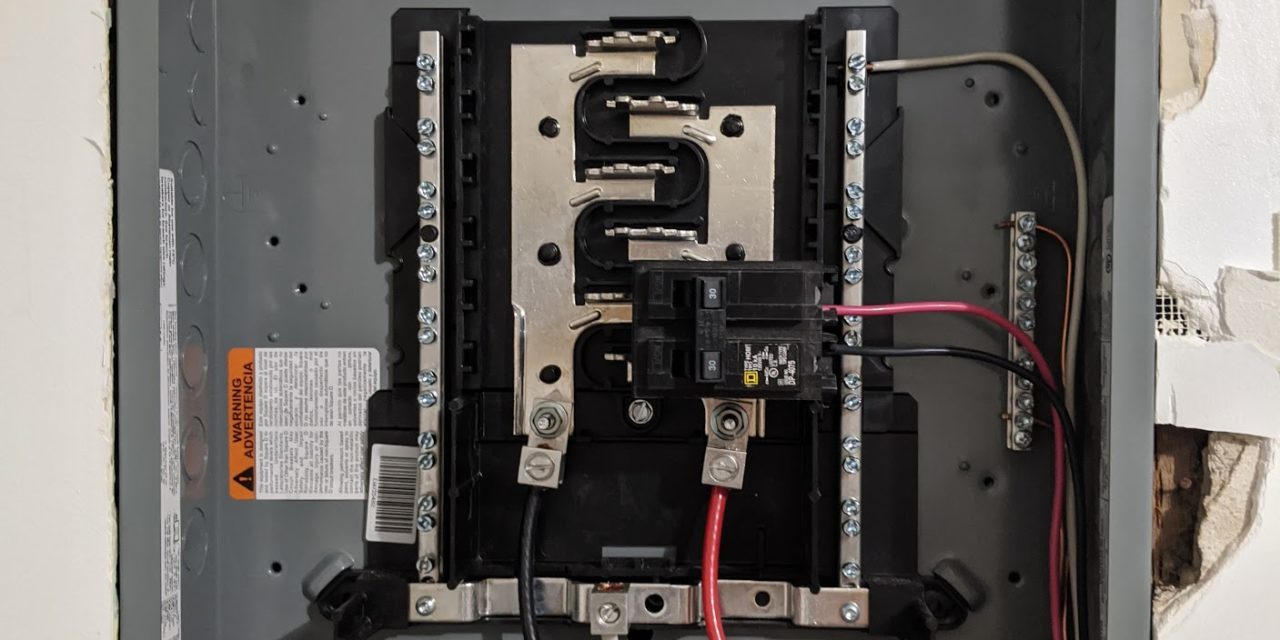


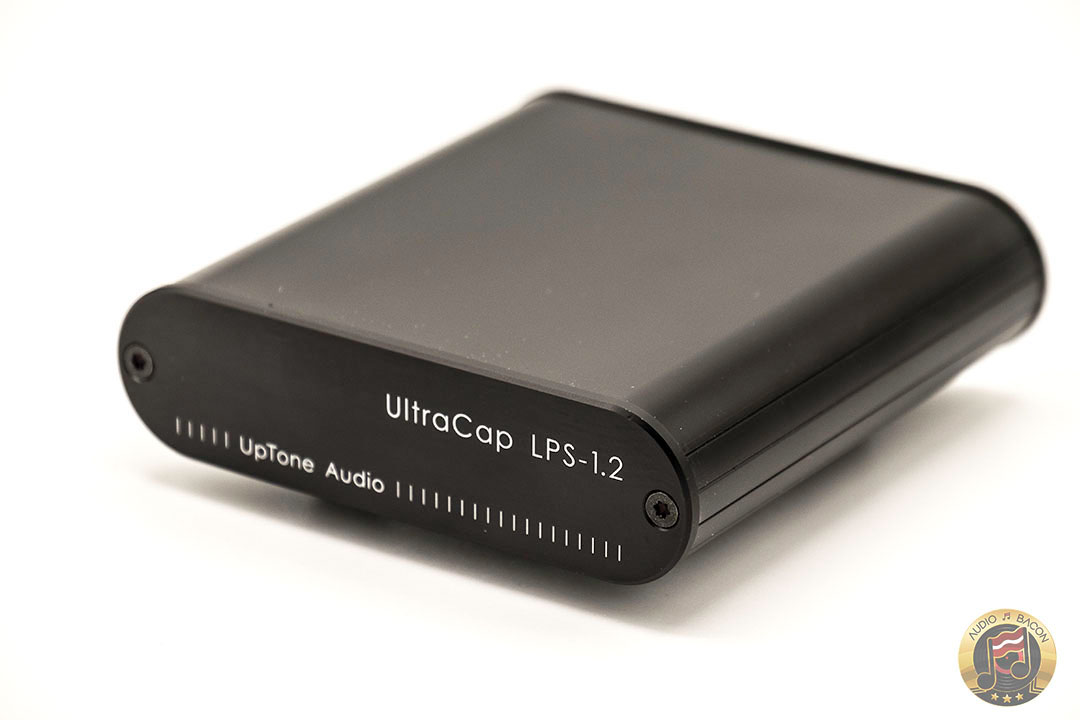
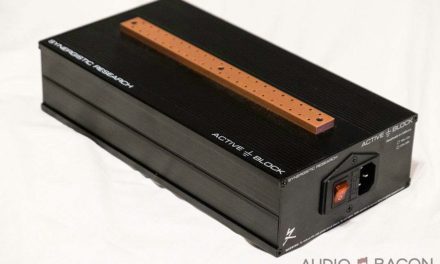

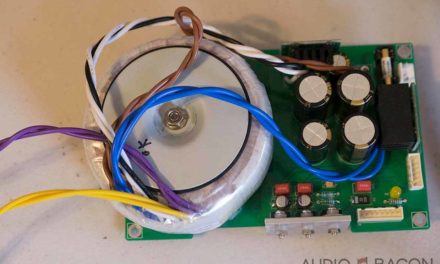

Hi Jay
I came across this a while ago, this fellow has a lots of interesting ideas. He seems quite experienced, Have a look, it goes way beyond ground loops.
http://web.mit.edu/jhawk/tmp/p/EST016_Ground_Loops_handout.pdf
Nice read! Thank you, Steve.
Thanks for the article and the reference links. I sent it to my electrician who is doing a whole house rewire. He’ll consider this for both the music room and the media server closet.
Very nice! Let me know how it goes!
Hi Jay. Thanks for this great article. I am having a single dedicated 20-amp line put in to power an audio system primarily due to what seems to be noise in the power I currently am tapping. I am following your guidance on the wire and outlets. I am more confused about an independent grounding rod for this line. I requested a single grounding rod, but it sounds like there is a bit of judgment involved about how many are needed and whether the new one or ones would interact with the exiting ones and create noise. My sense from this article is that just one rod for this one circuit may be insufficient. Would it be wiser to skip this for now, use the grounding that the rest of the house uses, and see if that is sufficient? Let me know what you think. Thanks much.
Hi Jay –
Thanks for this great detail.
Is there any major sonic difference between 2 and 3 conductors? For example, I see Armorlite has a 10/3 all copper which would match the number of conductors with the MUCH more expensive Audience cable.